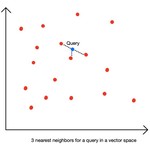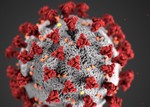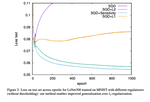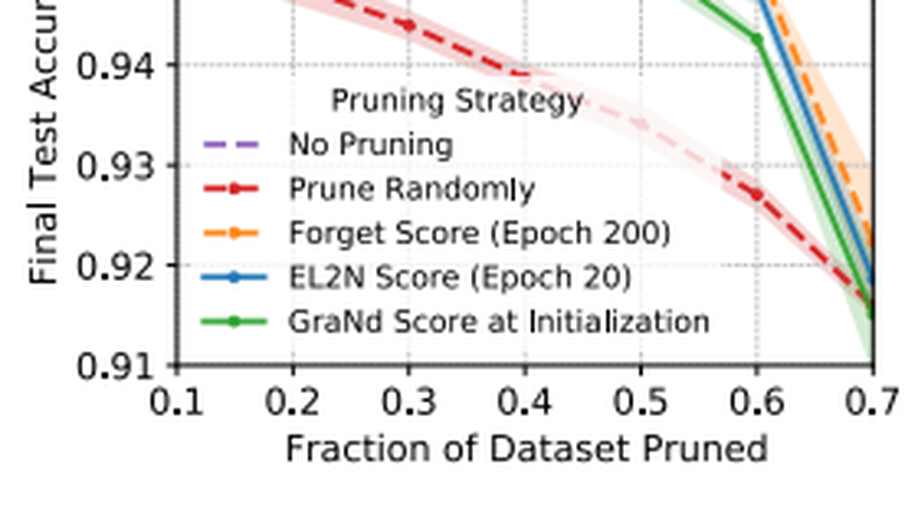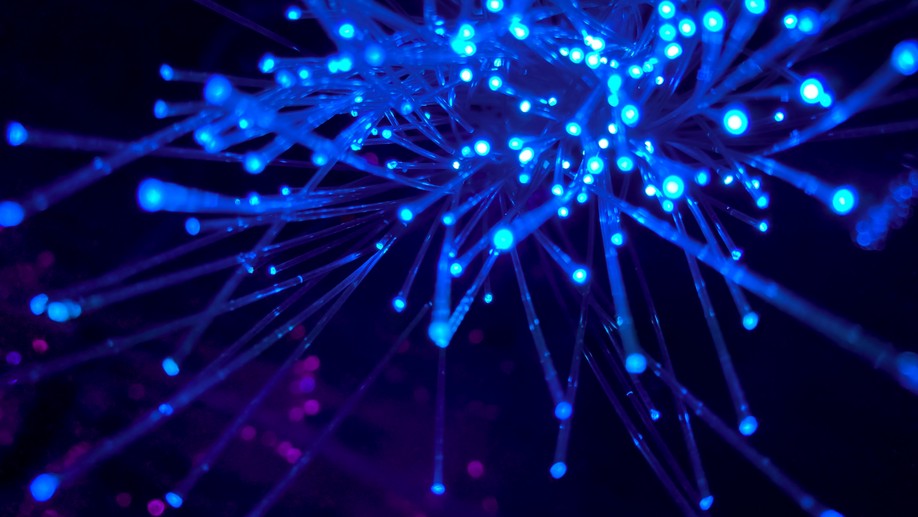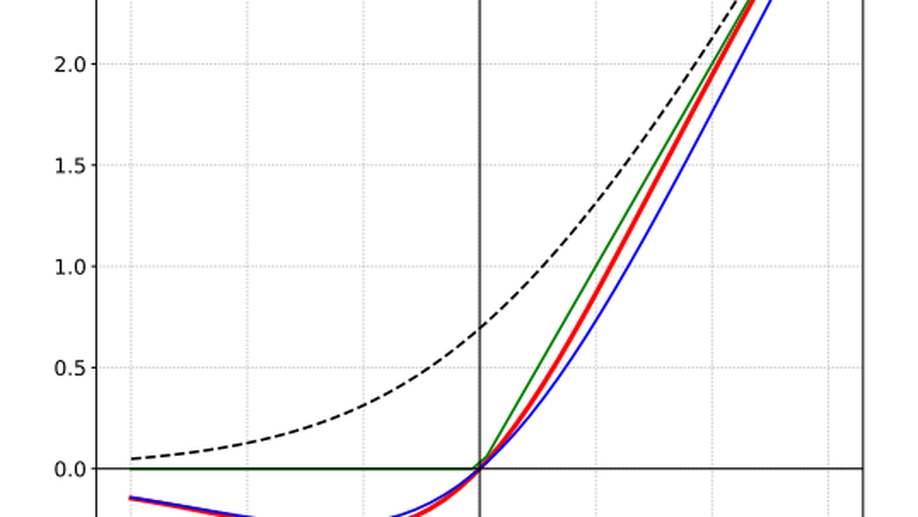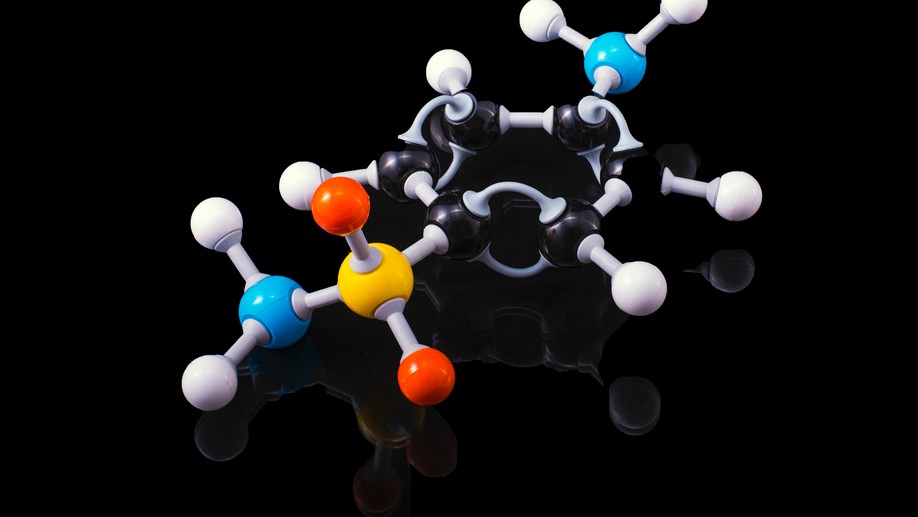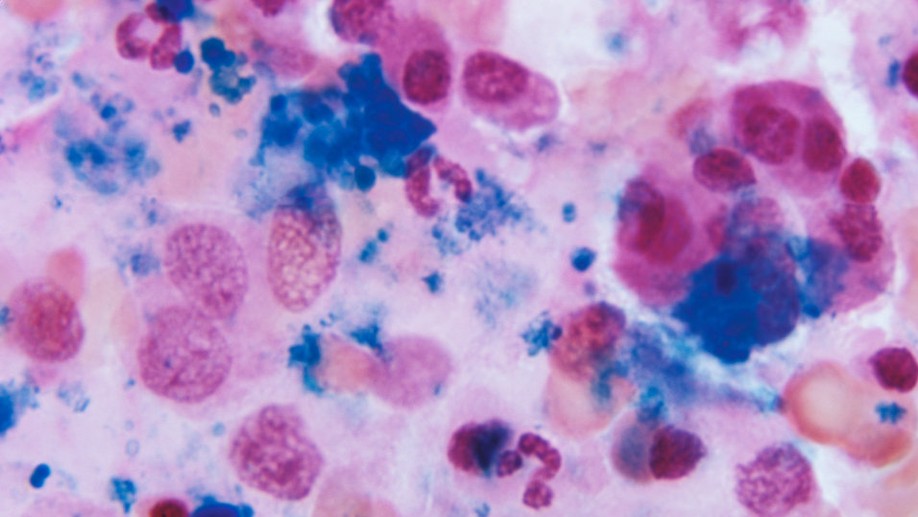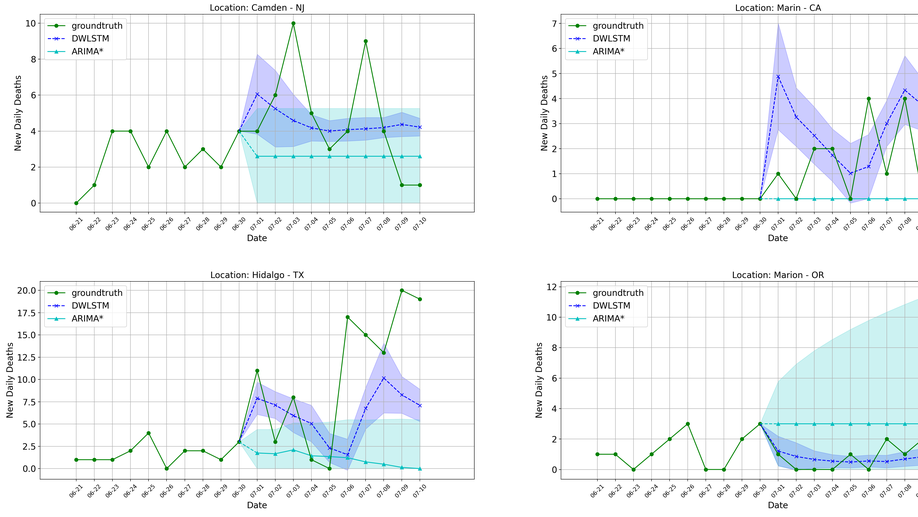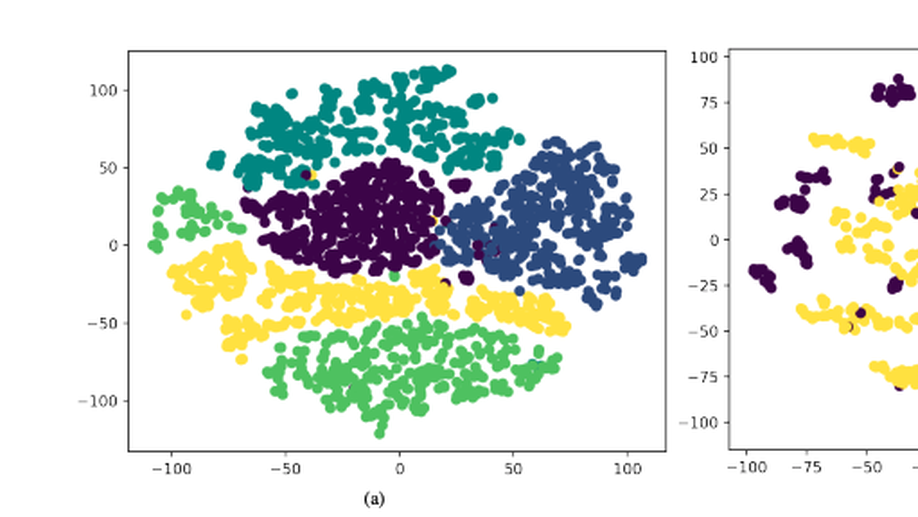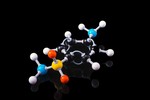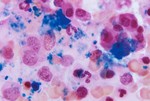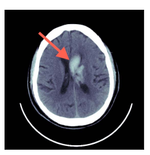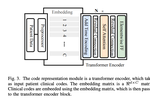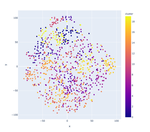Biography
I am a Computer Science Ph.D. Candidate at the University of California, Los Angeles. My research is focused on the intersection of machine learning and health informatics. I like to design, improve, and utilize deep learning inference pipelines, especially for practical problems in the medical domain and advancing healthcare systems.
Interests
- Artificial Intelligence
- Machine Learning
- Health Informatics
- Data Science
Education
-
Ph.D. in Computer Science
University of California, Los Angeles
-
M.Sc. in Computer Science, 2020
University of California, Los Angeles
-
B.Sc. in Computer Science, 2017
Sharif University of Technology
-
B.Sc. in Electrical Engineering, 2017
Sharif University of Technology
